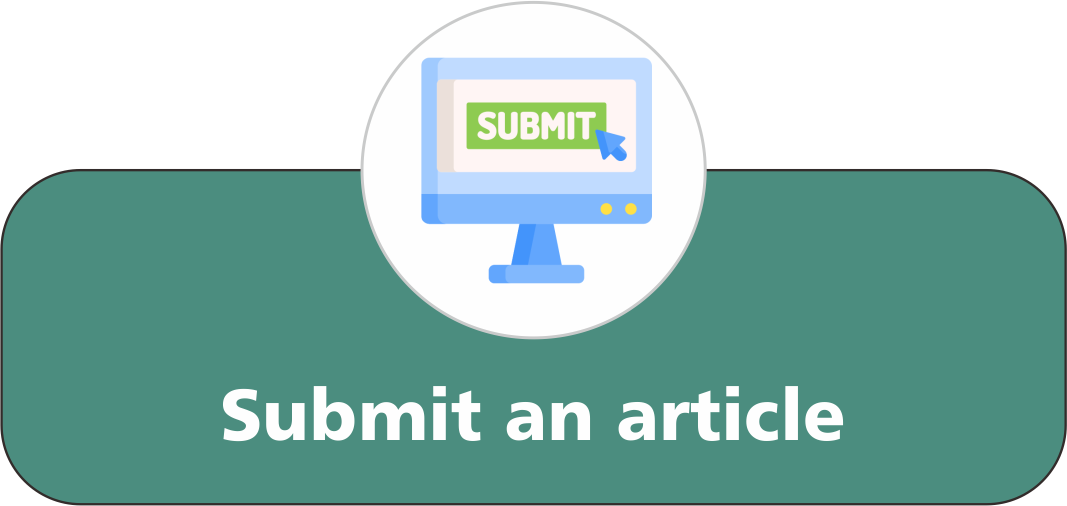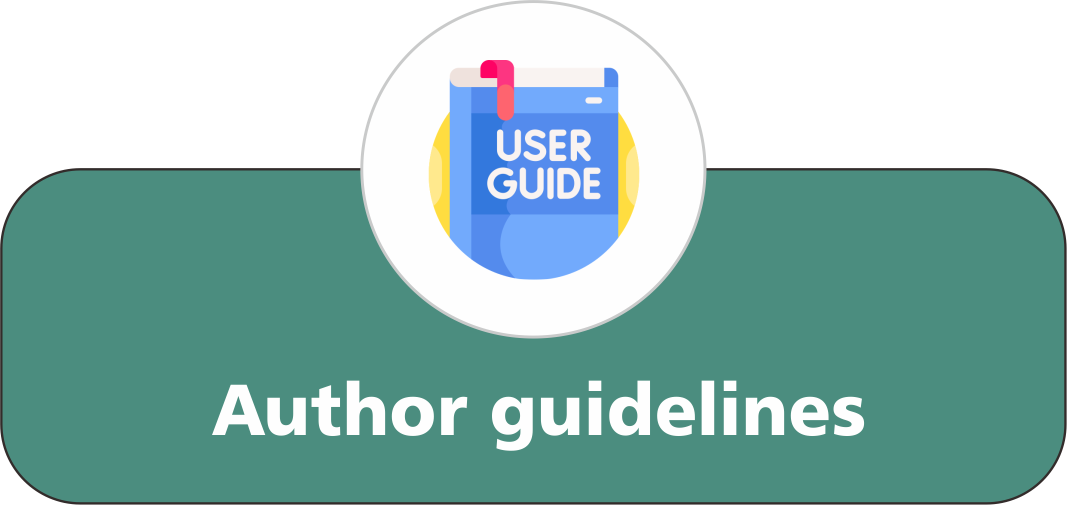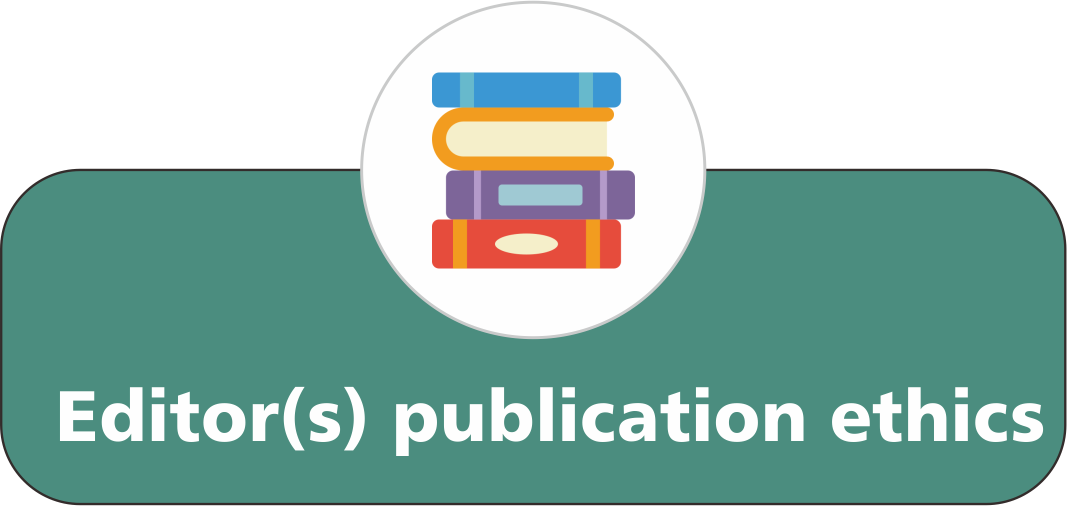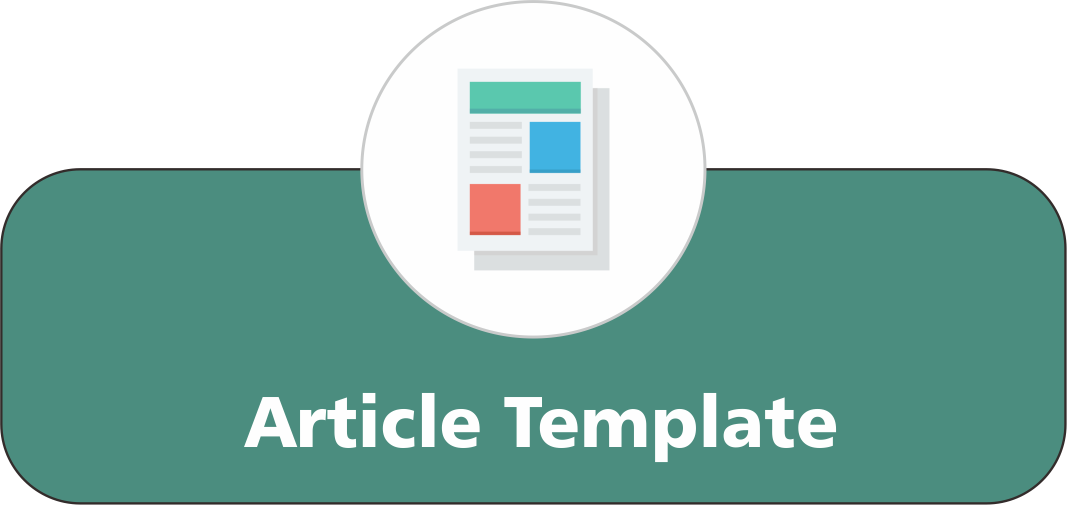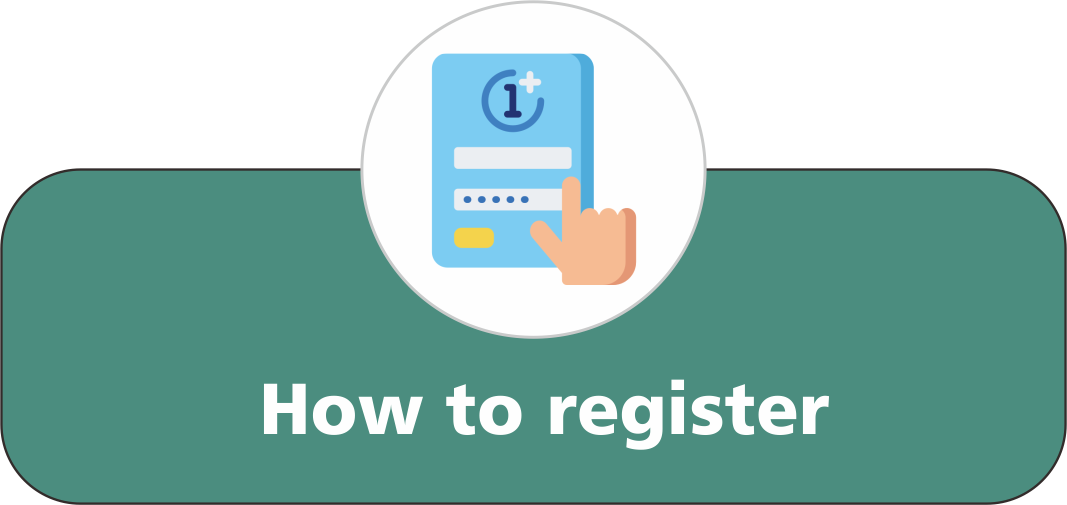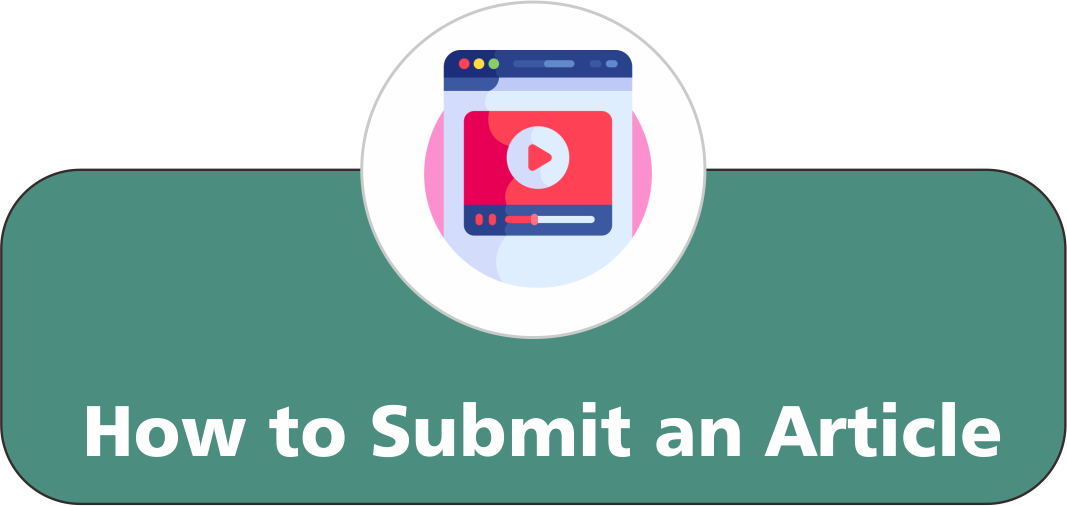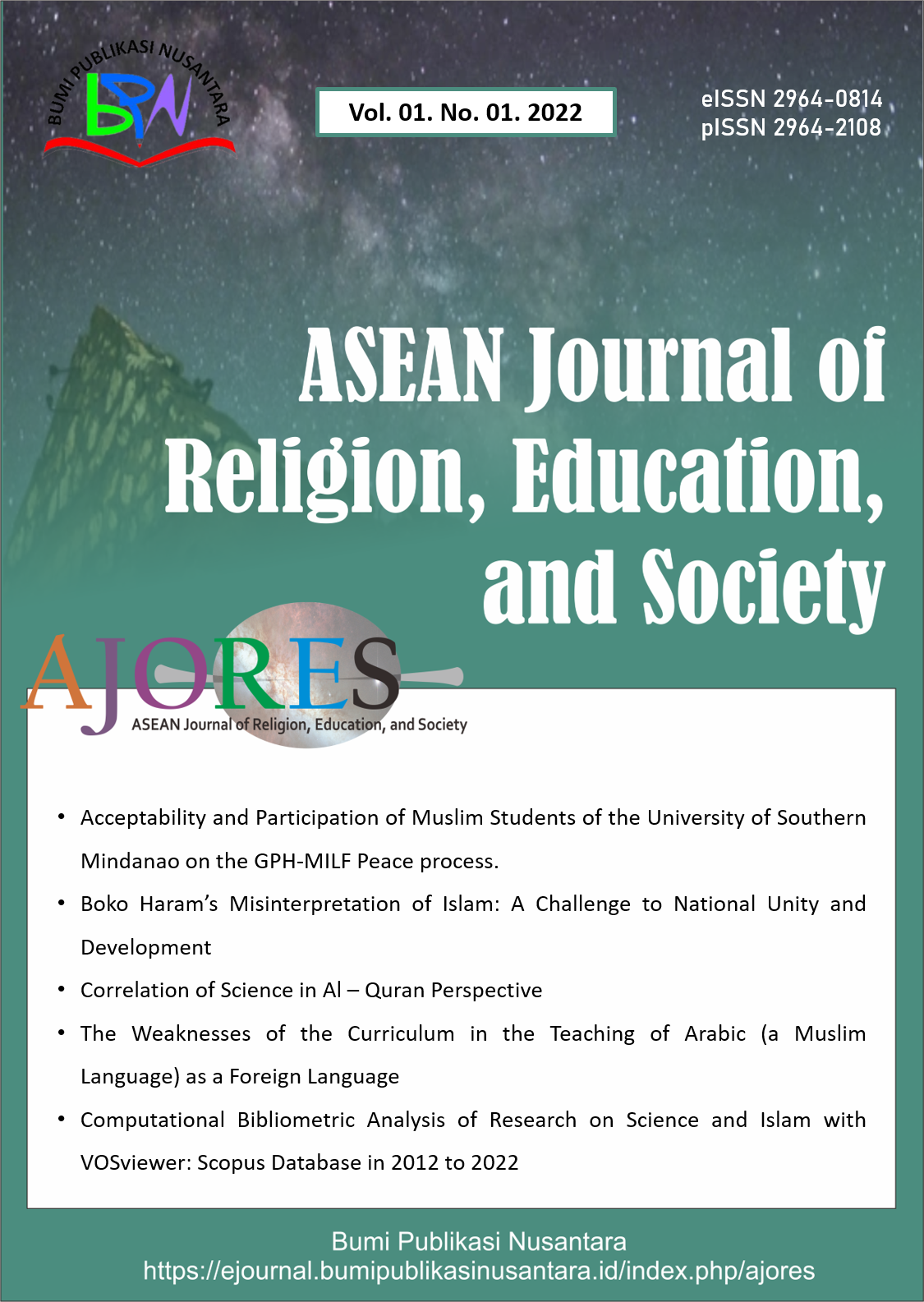ICT Tools for Teaching the Arabic Language
 ),
),
(1) Nana Aishat College of Education
 Corresponding Author
Corresponding Author
Abstract
Keywords
References
Akinoso, S.O. (2023). Motivation and ICT in secondary school mathematics using unified theory of acceptance and use of technology model. Indonesian Journal of Educational Research and Technology, 3(1), 79-90.
Almekhlafi, A.G.A. (2016). Pre-service and in-service teachers’ perceptions of the utility of E-learning digital collaboration tools for teaching and learning. Journal of Education and Social Sciences, 4, 297-305.
Bolaji, H.O., and Adeoye, M.A. (2022). Accessibility, usability, and readiness towards ICT tools for monitoring educational practice in secondary schools. Indonesian Journal of Multidiciplinary Research, 2(2), 257-264.
Bolaji, H.O., and Onikoyi, O.A. (2024). Usability of ICT for class size remediation and learning among secondary schools. Indonesian Journal of Educational Research and Technology, 4(1), 23-28.
Olokoba, A. A., Abdullahi, A. M., and Omosidi, S. A. (2014). Impact of information communication technology (ICT) on the management and performance of secondary school teachers in Kwara State, Nigeria. International Journal of Education Learning and Development, 2(3), 60-67.
Omeluzor, S. U., and Oyovwe-Tinuoye, G. O. (2017). Assessment of information and communication technology for selective dissemination of information and current awareness services: A case study of university libraries in the south-west zone of Nigeria. Evidence Based Library and Information Practice, 12(4), 233-249.
Opati, O. D. (2013). The use of ICT in teaching and learning at makerere university. The Case of College of Education and External Studies, 2013,1-102.
Shah, S.S. (2022). Teaching and learning with technology: Effectiveness of ICT integration in schools. Indonesian Journal of Educational Research and Technology, 2(2), 133-140.
Tella, A. (2011). Availability and use of ICT in South-Western Nigeria colleges of education. African Research Review, 5(5), 315-331.
Toro, U.G. and Joshi, M. (2016). ICT in higher education: Review of literature from the period 2004-2011. International Journal of Innovation, Management and Technology, 3(1), 20-23.
Article Metrics
Abstract View : 1433 times
: 1433 times Download : 1138 times
Download : 1138 times
Refbacks
- There are currently no refbacks.
Copyright (c) 2023 Bumi Publikasi Nusantara

This work is licensed under a Creative Commons Attribution-ShareAlike 4.0 International License.

